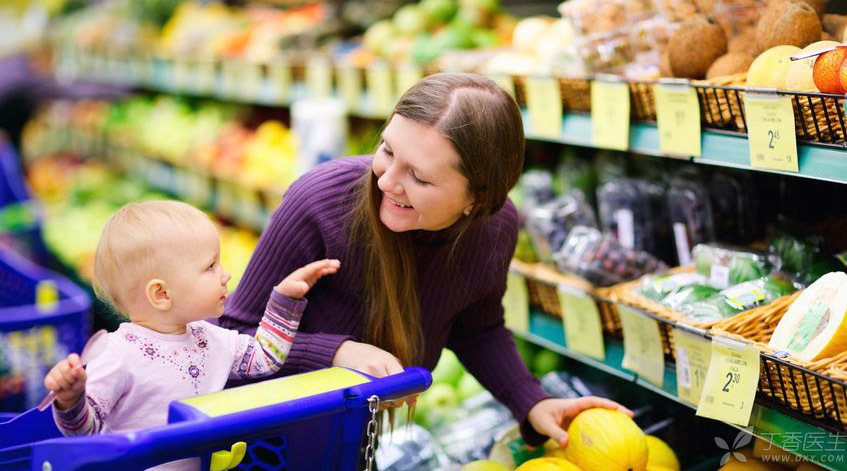
What else can I do to go to the supermarket except [buy buy to buy]?
In fact, supermarkets do a good job and may become early education classes for babies!
In supermarkets, mothers can take real objects and teach their children one by one about the daily items that once appeared on picture books.
What I want to share today is a mother’s parenting experience. She has summarized the experience guide of shopping in supermarkets by age group.
Let’s take a look at how she carried out the [supermarket early education class] to the end ~
Every time we take her around the shopping mall, we have an almost necessary place to go, not an amusement park, not a women’s clothing store, not a children’s clothing area, but a supermarket!
Supermarket is the kind of place that can satisfy your shopping desire all the time without arousing guilt. No matter when you go in, you will always encounter things you may buy. Anyway, you don’t need to use today or tomorrow, and you don’t need to use this week or next week.
Every time I go, I will not return empty-handed. Supermarkets are simply the places where I have stirred up since I gave birth to babies and the exuberant buying spirit of buy buy has been continuously practiced.
Well, this is all gossip.
Most importantly, I found that taking my children to the supermarket is really a cost-effective way to walk children comparable to early education classes.
Now, looking back to sum up, my baby has learned too many new words and improved his skills in the supermarket.
My father didn’t understand at all. My baby and I went to the supermarket every day. Why didn’t we get bored? As long as you can help your baby explore new fields continuously, you can also try new places you go every day.
Supermarkets, to some extent, are a microcosm of modern cities. Children can know the world through the window of supermarkets, which can be said to be a shortcut.
Take Eva to Supermarket Harvest List
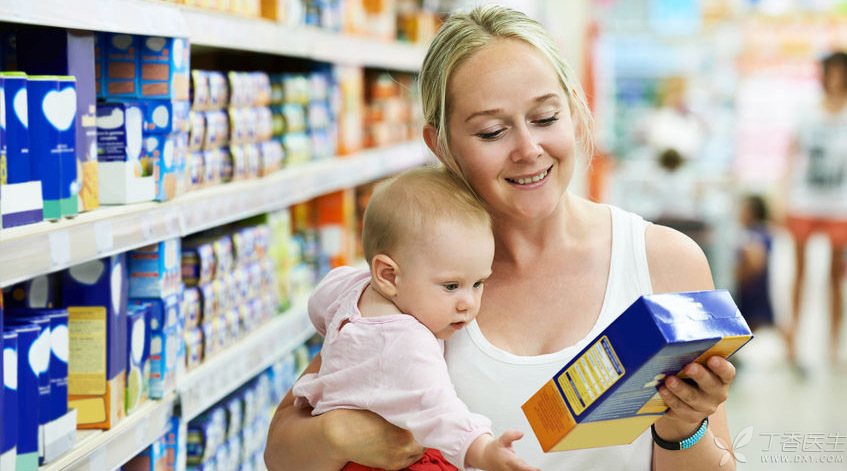
Six months ago: edification, or buy-based
When the baby was 3 months old, I took it to the supermarket for the first time.
For the children at this time, shopping in supermarkets does not have the significance of what’s specific potential development, that is, to let her feel different forms-the place where people keep coming and going.
At this stage, the baby cannot sit in the shopping cart of the supermarket, and needs to hold or lie in the baby carriage. Adults can’t stand holding for too long. Lie in the baby carriage, the baby’s eyes will be limited, and the baby’s patience will also be limited.
At this stage, the main thing is to give the baby some sensory stimulation and edification. The purpose is still to buy things. After buying, withdraw.
6 months to 1 year old: Sensory stimulation, communication and cognition classes
At this time, the baby was already able to sit in the shopping cart of the supermarket. Every time I walked to the door of the supermarket, the baby had to take the initiative to get on the shopping cart.
I still remember the baby first got on the shopping cart. My father and I pushed the car out one by one. The baby in the car laughed happily and even the salespeople around were attracted. (In this way, we should choose a relatively empty place, safety is the most important)
Sitting on the shopping cart, The child has a wide view, Can see the same things as the mother. At this time, you will find that the baby will have a certain response to the surrounding shelves, different commodities, the surrounding crowd and background music, etc. In fact, these items are giving her all-round sensory stimulation, just like in the early education class, the teacher plays a piece of music, let the child touch bubbles and other exercises.
At this stage, the baby and the mother have been able to communicate to a certain extent. At this time, I will seriously discuss with the baby: do you think we will eat lotus white or Chinese cabbage tomorrow?
Of course, the child can’t answer me. After I make my own decision, I will tell her, then let’s eat Chinese cabbage. I just ate lotus white last week. This is a process that can form language stimulation for the baby, enhance her sense of participation, and lay the foundation for you to get along equally.
What is important is that at this stage, children will begin to know the things around them.
Fish swim in the water, eggs are laid by chickens, cucumbers are long, tomatoes are round… to acquire this knowledge, my baby is finished in the supermarket. Since I saw the fish swimming in the water in the supermarket, for a long time, the baby always cried out for fish twice when I saw the water, and when I saw the long green things, I always cried out for cucumbers.
1-1.5 years old
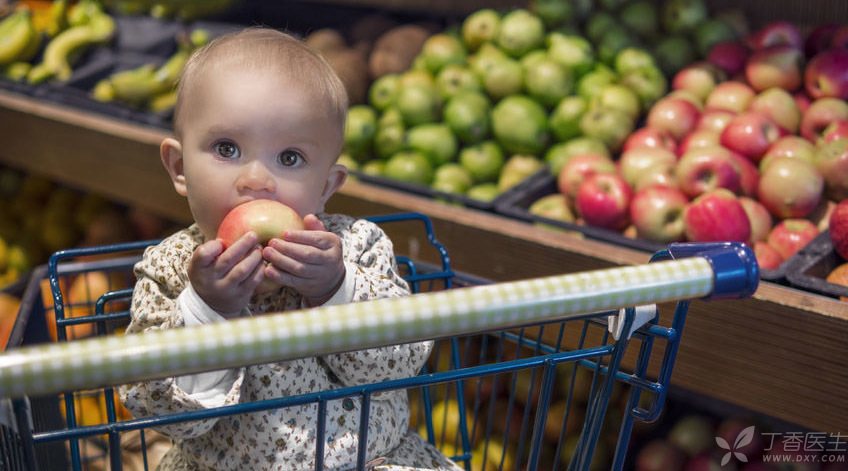
My baby started to walk independently when she was 11 months old, so when she was 1 year old, she often pushed the children’s shopping cart in front of her. Every time she swaggered to the place where the children’s shopping cart was placed and took out a car.
Most of the time, I will let her lead the way in the supermarket. I’ll tell her, Mom wants to buy what, See if she can walk to that shelf. Because she has exercised many times before and after, She has a certain memory of some areas she often goes to, and most of the time she can walk the same way. Even if I go in the wrong direction sometimes, I can find a place quickly with a little guidance. For example, when I said my mother wanted to buy yogurt today, she would push the trolley to the yogurt rack.
For children at this stage, letting her control the progress is an important way to build a sense of security. By looking for target shelves, children’s short-term memory ability can also be trained.
When we go to the supermarket, we must buy her fruit for the next day. The advantage of taking her is that she can try it out by herself. The taste of the child is very difficult to grasp. The fruit she likes very much today may not be willing to eat tomorrow, but the fruit she tries [passes] by herself is usually favored on the next day.
At this stage, I have already started to read her picture books every day. Many things in the picture books can be easily found in supermarkets, while it is difficult to see everything in the picture books at home.
For the common items in the picture book, the baby can thoroughly understand and remember the items after looking at the plane and two-dimensional pictures many times and going to the supermarket to get the number one by one.
1.5 ~ 2 years old

By the age of 1.5, my baby has basically known the items that he often buys in supermarkets, and the shopping process in supermarkets is also clear. At this time, he can really act as his mother’s little helper and simply carry out his mother’s instructions.
[Mom needs to buy some of your favorite mushrooms. Can you help me get them? ]
In short, as long as she can touch her height, I will ask her to help me bring the goods to the car.
My mother pushed the car behind her. She walked in front with her hands behind her back. Sometimes she saw something that attracted her and threw it into the car. I sometimes told her: “We bought this biscuit yesterday, but we haven’t finished it yet. We don’t need to buy it today, OK?” “She will obediently put the things back where they were.
At other times, I can’t explain what she picked up, such as sanitary napkins, so I can only silently put them back in their original places when she is not paying attention.
At this stage, the baby sitting on the shopping cart can already help me choose fruits and vegetables. I took the plastic bag and the baby put oranges into the bag one by one. I told her to choose bigger and rounder oranges, and she really put some big and round oranges into the bag, thus learning the judgment and perception of the shape of objects.
If the baby does not want to sit in the shopping cart, he can not only help his mother to get some items that he can get, but also help his mother to weigh them.
I gave her what I had picked up, Tell her to take it to the aunt and weigh it. She will be like she has taken on an important task. Take the bag to the weighing place, Raise the bag high and call aunt. When the aunt weighs, she waits quietly. After weighing, the aunt will return the bag with a full face of smiles. The children will say thank you according to my “remote control” and then come to me nearby victoriously. An adult and practical social exercise will be completed.
After the age of 2
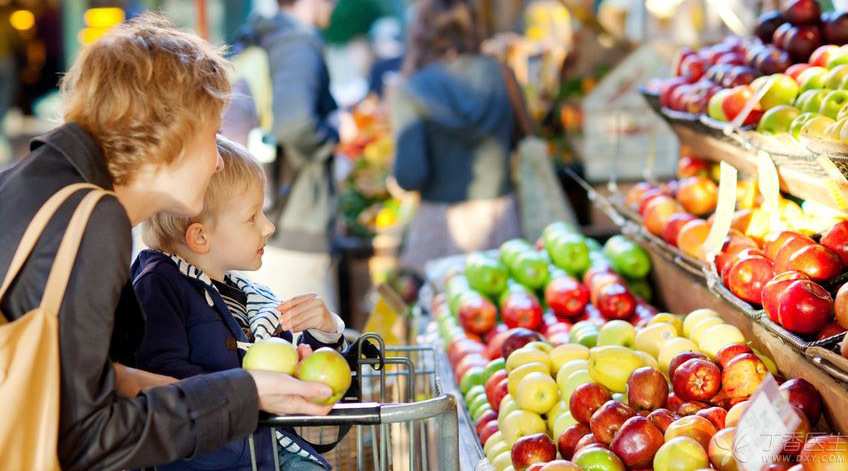
The child has just finished his second birthday, and then I want to add [instructions] such as [help my mother get three apples, two pitaya and five bananas] to the supermarket trip, or tell her [read noodles in the big character on the instant noodle packaging box]. In this way, the cultivation of digital sensitivity and the ability to read things can basically be solved in the supermarket.
Children now have the concept of [buying]. If they want what their friends have, they will say to themselves after being rejected: [Mom, buy.]
At the right time, maybe half a year later, we can go through the supermarket and tell her what is going on, where the money comes from, why the mother has to exchange the money for the supermarket aunt’s things, and even tell her that there is a discount for this watermelon today. Why don’t we buy two today?
Supermarket Early Education Should Pay Attention to what
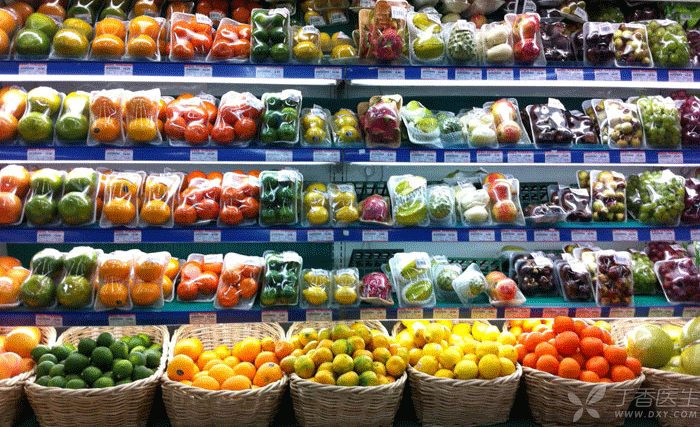
After nearly two years of [supermarket early education classes], I have summed up some experiences and lessons. There are probably the following points:
Step 1 Avoid rush hour shopping
Take the children to the supermarket, If you have to meet the long line in front of the cash register or the bustling crowd in the vegetable and fruit area, That must retreat immediately. This kind of time is not convenient for children to move freely, and the noisy environment is not suitable for them to learn and play. If the queue time is too long, the children’s patience will not be there. It is very difficult for you to deal with the irritable children while dealing with the continuous forward team.
2. Don’t expect to buy a lot of things. Avoid big items.
The main purpose of this supermarket is to buy the necessities of the next day. It must be small. Shopping is not the main goal.
As long as you plan to buy some large items, Or try to avoid taking the children, Or invite your father to join. In short, you must ensure that you can pick up the child in one hand and everything in the other at any time. My father often goes on business trips, and most of the supermarket early education classes are conducted by my baby and me, but as long as I catch up with my father, I will buy all the big items such as toilet paper, diapers and laundry detergent at one time.
3. It’s best not to push a baby carriage.
Now many supermarkets are targeting children, All kinds of shopping carts have been introduced, Because of the freshness, You have to take those cars. If you push your pram again, It is very likely that you will have to face the situation of “pushing the shopping cart with one hand and the baby carriage with the other”. Under the condition that the public security environment is comfortable enough, you can choose to put the baby carriage outside the supermarket, but you still have to transfer the child and all kinds of accessories for the child again and again. I am a little impatient about this.
4. Don’t spend too much time in the supermarket
After all, the supermarket is a relatively closed environment, and it comes almost once a day. For the sake of continuity, it is still necessary to keep children fresh and mysterious, so don’t stay in the supermarket for too long every time. My experience is to stay in the supermarket for 45 minutes at most, and if it is longer, I may have to face irritable children.
